excerpt from article originally posted in : FEROCIOUS URBANITIES
By Foteini Vergidou.
What people often find most fascinating in generative art is not the replacement of physical tools, like brushes, paint and clay, by computer applications, but the fact that the computer works in such way that it seems to directly create art on its own.
The artist behind the work is the architect who has conceived, designed and created the simulation that allows the computer to act this way.
Still, the main difference from all other artistic tools throughout art history is the significant independence of the machine in the art-making process.
In his latest series of generative images and audio-reactive visuals, Constantine Nisidis works with minimal and abstract forms and structures, while showcasing a great deal of code mastery. The Greek artist is well known in the vvvv community for his live coding performances and interactive works that destroy and reconstruct themselves randomly. Both sound and image interact in real time and space, continuously alternating roles between static and motion, towards an unknown direction.
Nisidis’ focal point of practice is on creative coding, preliminary design, interactive media and projection mapping, while his study in augmented reality (AR), virtual reality (VR) and mixed reality (MR) have influenced his body of work heavily.
His solo show in Paris in 2010 WWW+DOWNLOADJESUSNOW+COM, showcased the possibilities of a computer to randomly produce a great variety of visuals through structures and tools independently, while many shows and collaborations have followed in the recent years. In 2015, his collaboration with international artist Hiwa K. titled “Blind as the Mother Tongue” was awarded the Cinema award in Vienna Contemporary.
Back to generative art, the nature of this movement defines our approach to understand it. The viewer has to analyse the work into its two dimensions. The first level of the work should be studied for its development, how the artist is matching the algorithmic and the unpredictable elements into one coherent generative system. While this demonstrates technique and delicacy, the other level of the work lies on its conceptual performance and its way to allow the viewer to engage with its procedural aesthetics and its symbolic representation of the world.
Generative art uses code to explore the cult of contemporary neo beauty by creating avatars, acclaimed worlds or just abstract forms, in the same way, the Symbolist movement of the 19th century used metaphorical forms and indirect methods to represent reality and talk about the Ideal against the norm.
Stéfane Mallarmé’s manifesto to “depict not the thing, but the effect it produces” applies in the practice of generative art, where artists wants us not to focus on the code, which is the actual work, but on the result it produces at an output, i.e. a computer screen, a projected surface, a sound speaker or a 3D printed object.
Our aesthetics change because we change. And defining the New Aesthetic is necessarily problematic because it is still elusive.
It’s a vibe, a sensibility associated with the future.
